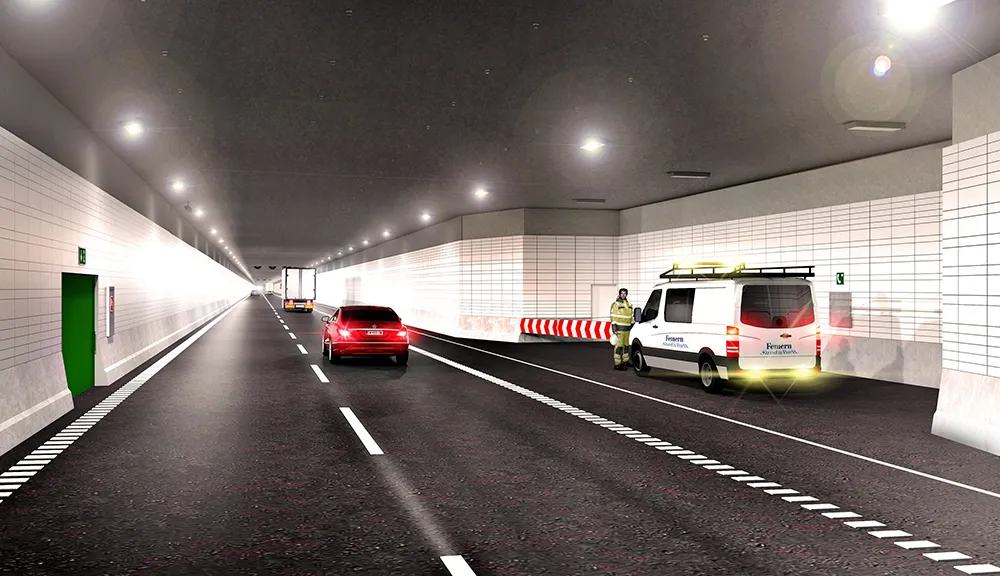The Sturt Highway, an important road link between Sydney and Adelaide, will become the fourth stretch of South Australian road to implement average speed cameras when the system is activated on 14 September.
The cameras calculate the average speed of a vehicle between two points, as well as the vehicle’s actual speed at each camera location.
Average speed cameras have been operating on Dukes Highway and Port Wakefield Road since July last year and on Victor Harbour Road since June this year. Two more
September 9, 2015
Read time: 2 mins
The Sturt Highway, an important road link between Sydney and Adelaide, will become the fourth stretch of South Australian road to implement average speed cameras when the system is activated on 14 September.
The cameras calculate the average speed of a vehicle between two points, as well as the vehicle’s actual speed at each camera location.
Average speed cameras have been operating on Dukes Highway and Port Wakefield Road since July last year and on Victor Harbour Road since June this year. Two more cameras on the South Eastern Freeway and the Northern Expressway are expected to be switched on in the coming months.
“The cameras are located on an 18 kilometre stretch of the Sturt Highway between Kingston on Murray and Lowbank, and will apply to traffic travelling in both directions,” Road Safety Minister Tony Piccolo said.
Piccolo said the section of the Sturt Highway was chosen based on its high crash rate and the consistent speed limit between the camera sites. Up to 12,000 motorists use the Sturt Highway each day, with more than 1,000 casualty crashes recorded between 2010 and 2014 resulting in 24 deaths and 115 serious injuries.
The cameras calculate the average speed of a vehicle between two points, as well as the vehicle’s actual speed at each camera location.
Average speed cameras have been operating on Dukes Highway and Port Wakefield Road since July last year and on Victor Harbour Road since June this year. Two more cameras on the South Eastern Freeway and the Northern Expressway are expected to be switched on in the coming months.
“The cameras are located on an 18 kilometre stretch of the Sturt Highway between Kingston on Murray and Lowbank, and will apply to traffic travelling in both directions,” Road Safety Minister Tony Piccolo said.
Piccolo said the section of the Sturt Highway was chosen based on its high crash rate and the consistent speed limit between the camera sites. Up to 12,000 motorists use the Sturt Highway each day, with more than 1,000 casualty crashes recorded between 2010 and 2014 resulting in 24 deaths and 115 serious injuries.









